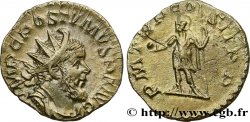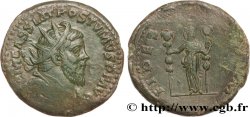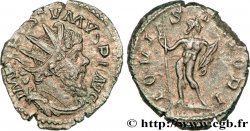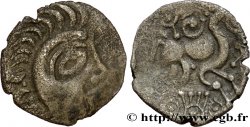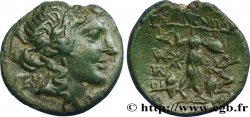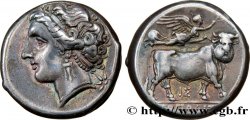Live auction - brm_379862 - POSTUMUS Antoninien
You must signin and be an approved bidder to bid, LOGIN TO BID. Accounts are subject to approval and the approval process takes place within 48 hours. Do not wait until the day a sale closes to register. Clicking on "BID" constitutes acceptance of the terms of use of cgb.fr private live auctions.
Bids must be placed in whole Euro amounts only. The sale will start closing at the time stated on the item description; any bids received at the site after the closing time will not be executed. Transmission times may vary and bids could be rejected if you wait until the last second. For further information check the Live auction FAQ
All winning bids are subject to a 18% buyer’s fee.
All winning bids are subject to a 18% buyer’s fee.
| Estimate : | 2 000 € |
| Price : | 1 250 € |
| Maximum bid : | 1 300 € |
| End of the sale : | 01 March 2016 14:58:21 |
| bidders : | 1 bidder |
Type : Antoninien
Date: 263-265
Mint name / Town : Trèves
Metal : billon
Millesimal fineness : 150 ‰
Diameter : 23 mm
Orientation dies : 7 h.
Weight : 3,11 g.
Rarity : R3
Coments on the condition:
Exemplaire sur un flan large et irrégulier, relativement bien centré des deux côtés. Joli portrait de Postume de style fin et beau revers pour ce type rarissime ! Patine grise de collection ancienne
Obverse
Obverse legend : IMP C POSTVMVS P F AVG.
Obverse description : Buste radié, drapé et cuirassé de Postume à droite, vu de trois quarts en avant (A).
Obverse translation : “Imperator Cæsar Postumus Pius Felix Augustus”, (L’empereur césar Postume pieux heureux auguste).
Reverse
Reverse legend : FORTVN-A REDVX.
Reverse description : Fortuna (la Fortune) drapée assise à gauche, tenant un gouvernail de la main droite et une corne d’abondance de la main gauche avec une roue sous le siège ; elle est assise dans un temple distyle à coupole ronde décorée.
Reverse translation : “Fortuna Redux”, (Le retour de la Fortune).
Commentary
Avec l’intégralité de son argenture superficielle. Rubans de type 3 aux extrémités bouletées. Ptéryges invisibles sous le paludamentum. H. Schulzki signale onze exemplaires de ce rarissime antoninien.







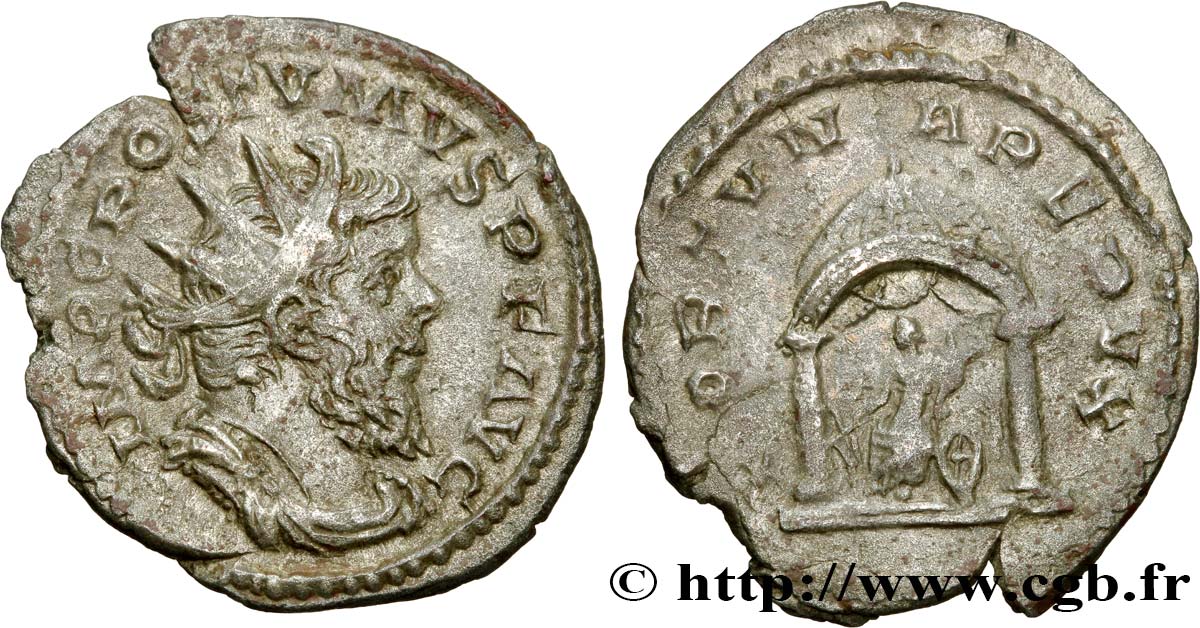
 Report a mistake
Report a mistake Print the page
Print the page Share my selection
Share my selection Ask a question
Ask a question Consign / sell
Consign / sell
 Full data
Full data